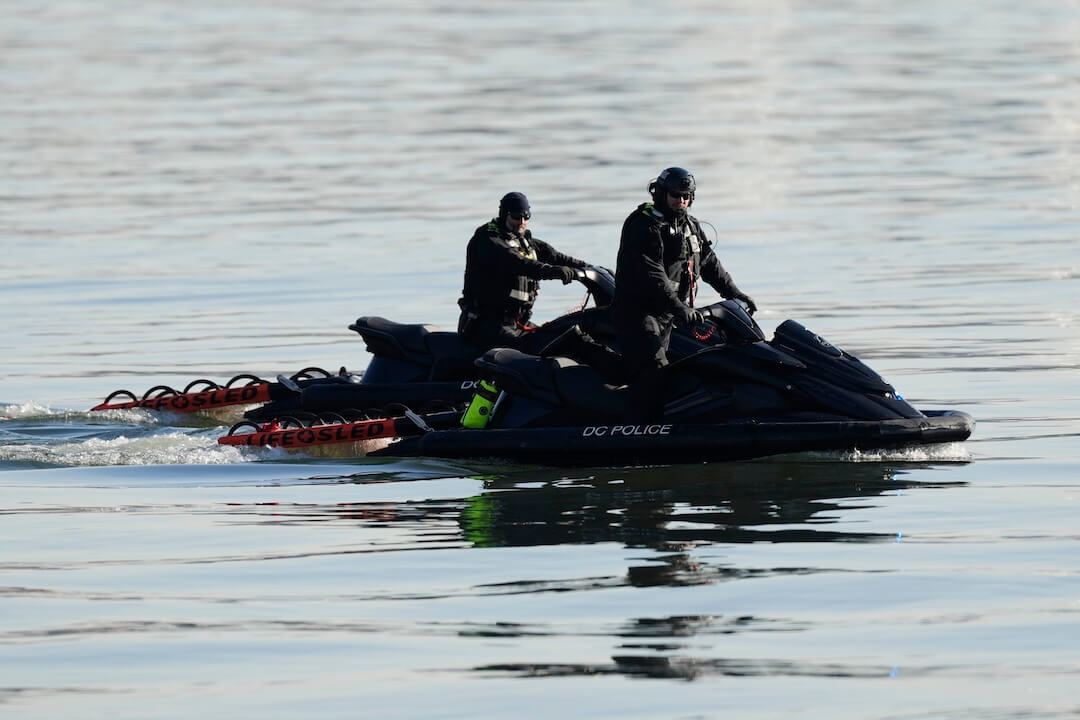It’s been five days since the Republican National Convention packed up and left the Twin Cities. In the midst of the crowd barriers being dismantled, the bars reopening after a week of private parties, the lawsuits and civic self-evaluation, a consensus is emerging:
Twitter rules!
National coverage obviously focused on the convention events inside St. Paul’s Xcel Center. Locally, though, the big story was what was happening on the St. Paul streets — from predawn raids on alleged anarchist collectives to extremely aggressive policing that included arrests of journalists, medics and lawyers.
The Twins is still a two-paper market. The Minneapolis Star-Tribune and (especially) the St. Paul Pioneer Press covered the RNC in print and on their sites and blogs. But almost a week out, it’s clear that smaller operations with much smaller budgets — the Minnesota Independent (funded by the nonprofit Center for Independent Media), The Uptake, and Twin Cities IndyMedia — not only kept up with the majors but often lapped them. These smaller sites served up full-featured stories (text, quotes, still photos, audio and streaming cellphone video via Qik.com) with unusual speed.
But Twitter was the secret weapon. Tweets (Twitter posts) by a huge array of users — 17,855 posts from 1389 accounts over the convention’s four days, according to a C-SPAN page tracking the Twitter hashtag #RNC08 — wove a multi-stranded conversation about where protests were coalescing, how police were responding, and where the story was moving next. Twitter user, social media expert, and former journalist Albert Maruggi observed: “[Twitter is] the police scanner of 21st century newsroom. This from a guy that used to rewrite AP copy for 11pm newscast.”
Reading back over the tweets provides a fascinating snapshot of how public and transparent journalism becomes when it’s conducted via social media. For instance, you can see how The Uptake’s staff moved from covering a clash to asking for help afterward because one of their staff went missing, and finally how they located her hours later. Also intriguing: Twitterers who were geographically very far away played important roles on relaying and coordinating local coverage. (See where Tom Elko’sMinnesota Independent roundup discussed Arizona Twitter user NotQ.)
One more note on how Twitter allows small to best big: On the mainstream side, the Star-Tribune is the dominant Twin Cities paper. — but in the blogosphere, the smaller Pioneer Press gets praise for navigating the Web 2.0 world. The PiPress posted more tweets than any other #RNC08 user, according to C-SPAN. One local resident, Minneapolis Michael, blogged on Tumblr:
“…Every local media outlet needs to do what the Pioneer Press is doing. By using their Twitter account as a place to post links to stories and place them in context, it gives me a credible local source AND they are looked upon favorably by the Twitterverse. WCCO (TV) is starting to get it, but have a long way to go to. As far as I can tell, KARE, KSTP, FOX9 and the Strib aren’t even aware of Twitter. I will leave you with one anecdotal piece of evidence: As I was at a street corner downtown Saint Paul checking my feed to see where the next hotspot was, a reporter showed up from an outlet thatshall remain nameless asking about an incident that happened 20 minutes earlier and four blocks away. …Local MSM: either figure itout or die trying.”





